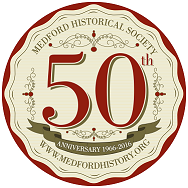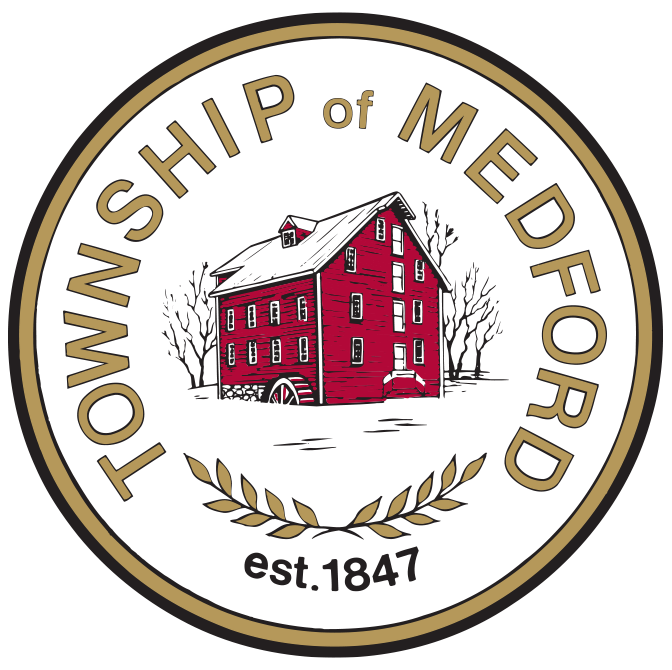These excerpts of Medford's history are presented with the permission of the Medford Historical Society. The society endeavors to stimulate interest in local history and invites everyone to attend their meetings on the first Monday in April, May, June, September, October, November & December at 7:30 pm at Friends Meeting House, 14 Union Street. You may also write to them at P.O. Box 362, Medford, NJ 08055 or visit their website using the link on the left.

